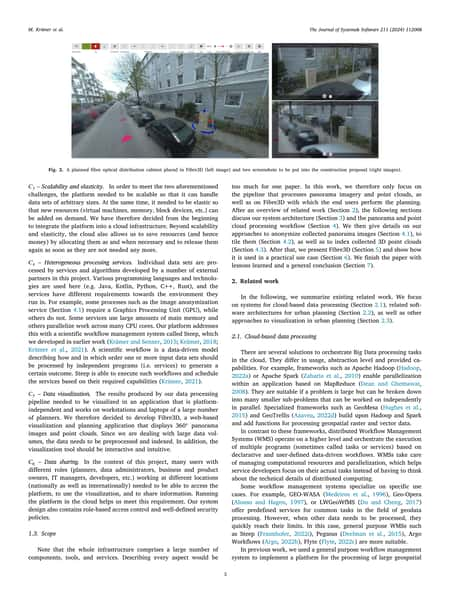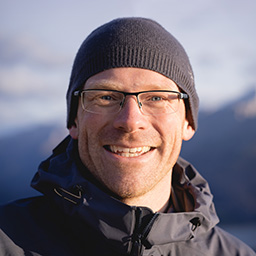How Telekom made their fibre planning processes 75% faster with Steep
We’ve been working together with Deutsche Telekom to build a Big Data processing platform supporting the fibre roll-out in Germany.
Broadband Internet access has become an essential part of our daily lives and is a key factor for economic growth. However, compared to other industrial countries, the relative share of Fibre to the Home (FTTH) subscriptions in Germany is still very low. Deutsche Telekom, the largest telecommunications provider in Europe, is therefore working on speeding up the fibre roll-out in Germany by automating planning processes and reducing communcation overhead. Their aim is to connect more than 2.5 million households per year to FTTH.
To this end, they are collecting large amounts of data with specialized mobile mapping vehicles. These T-Cars record 360° panorama images and 3D point clouds, which can be used to digitally perform planning of fibre optic lines and distribution cabinets, as well as to communicate the plans in a virtual environment to stakeholders.
However, these large amounts of data have to be processed first. That’s why Telekom asked us in 2017 to help them build a cloud-based geospatial data infrastructure (GDI). Today, Steep is one of the core components of their GDI processing hundreds of gigabytes of data per day on a huge number of virtual machines.
We’ve built several core workflows in the GDI. The most central one processes the panorama images and point clouds collected by the T-Car. The data is typically delivered in ZIP files. Steep downloads and extracts them to virtual machines. It then starts several services including an image anonyization service that blurs people and cars. An AI-based point cloud classification service, developed by our friends from Fraunhofer IPM, identifies objects in the recorded data such as buildings, trees, or cars. It is also able to detect different types of surfaces such as asphalt, gravel, or grass. This information can later be used to automatically determine optimal routes for fibre optic lines.
Steep then applies a panorama tiling service as well as the well-known Potree converter to prepare the data for web-based visualization in a tool called Fibre3D, which we’ve developed for Deutsche Telekom.




Fibre3D is an interactive web application that planners from the Telekom can use to explore the processed data. The application offers two views: one where the planners navigate through the panorama images and a 3D view where they move freely through the point cloud. Among many other features, the application allows them to place fibre optical distribution cabinets as well as to make measurements in 3D (e.g. to determine the distance between a placed cabinet and the curb). The planners also use the application to present their plans to stakeholders from municipalities, which reduces the need for on-site visits and, therefore, saves a lot of time during planning and approval processes. More information about Fibre3D can be found on our institute’s website.
As one of the core components of the GDI of Deutsche Telekom, Steep helps process huge amounts of data in a timely manner. The services from the workflow described above are executed on hundreds of virtual machines in parallel. Steep’s unique feature of being able to automatically acquire compute resources on demand and to release them when they are no longer needed saves Telekom a lot of money. Also, due to its capability-based scheduling algorithm, Steep acquires machines with only those resources (in terms of CPU, RAM, or GPU) actually needed.
We’ve started our collaboration with Deutsche Telekom in 2017. Since then, with the help of the GDI and Steep, they’ve been able to plan more than 10 million households and connect more than 8 million of them to FTTH. Before, planning and approval processes took several months. Now they are on average about 75% faster and can be finished within a few weeks.
Research
Read more about this project in the following scientific publication:



